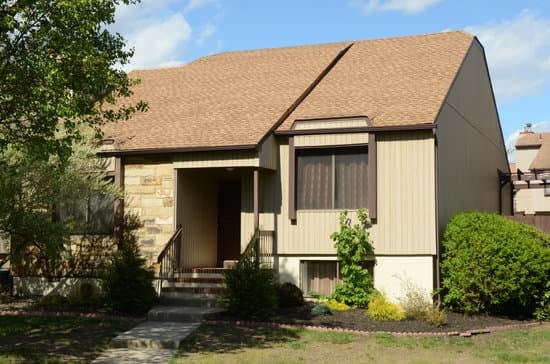The Risk of Lightning Strikes to Solar Panels
Solar panels have become an increasingly popular way for households to generate energy sustainably. However, one downside to this form of energy production is the risk of lightning strikes. Lightning strikes can cause damage to the components of solar panels, rendering them ineffective. This risk varies depending on the frequency of lightning strikes and the location of the solar panels. It is important for homeowners to understand the potential risks and take precautions to protect their systems.How Lightning Can Cause Damage to Solar Panel Components
Lightning strikes can cause significant damage to the components of solar panels. When lightning strikes a solar panel directly, it can cause high currents that melt the components of the panels. This includes the electronic parts such as diodes, inverters, and transformers. This can lead to a complete breakdown of the solar panel system. In addition, lightning can cause power surges that can damage the system’s wiring and other components. Tip: It is important to consider the installation location of solar panels. If the installation location experiences frequent lightning strikes, it may not be the best location for solar panels.The Effects of Direct Lightning Strikes on Solar Systems
Direct lightning strikes can be devastating for solar systems. If the lightning strikes the solar panels directly, the entire system can become ineffective. This is because lightning creates high currents that can cause the solar system to overheat. In addition, the high currents can overload and destroy the system’s components. This can cause significant damage and require expensive repairs.Why Lightning Melts Solar Panel Components
Lightning creates high temperatures that can melt metal and plastic components of solar panels. When lightning strikes a solar panel, the high temperatures can melt the solder that holds the components together. This can cause components to become disconnected, leading to system failure. Tip: Consider purchasing solar panels that have lightning protection built-in.Overheating Risks for Solar Systems after Lightning Strikes
After a lightning strike, there is a risk of overheating for solar systems. This is because the high currents generated by the lightning strike can cause the system to overheat. Overheating can lead to long-term damage to the solar panels and their components. This can result in a loss of efficiency and a reduction in the life of the system. Tip: It is important to monitor your solar panels regularly to ensure they are functioning properly.What to Do if Lightning Strikes Your Solar Panels
If lightning strikes your solar panels, it is important to have them inspected for damage. This can be done by a professional solar panel installer or electrician. They can identify any damage caused by the lightning strike. Depending on the extent of the damage, parts of the solar system may need to be replaced. Tip: Ensure that your solar panel installer provides a warranty that covers lightning damage.Tips for Protecting Solar Panels from Lightning Strikes
There are several things homeowners can do to protect their solar panels from lightning strikes. These include:- Installing a lightning protection system
- Ensuring the solar panel installation complies with national electrical code standards
- Ensuring a ground rod is installed according to the manufacturer’s specifications
- Using surge protectors for all components of the solar system
- Inspecting the solar panels and system regularly for damage or wear



















